
OR
The teacher with a purpose
Published On: August 11, 2017 12:40 PM NPT By: Republica | @RepublicaNepal
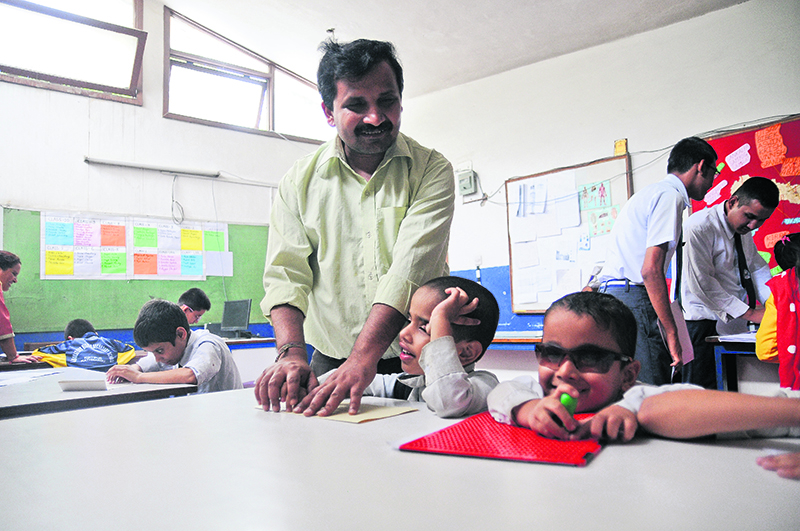
The concept of ‘Education for all’ seemed like a predetermined battle for visually impaired students. But in 1964, Laboratory Higher Secondary School in Kirtipur introduced the Braille system, a tactile writing and reading style for visually impaired people, under the supervision and guidance of Father of Nepali Braille, Janga Bahadur Bogati. “It is because of the use of the Braille system that many students have been able to pursue education despite their disability,” says Ramesh Subedi.
Subedi, who is visually impaired himself, is a teacher at Laboratory Higher Secondary School. He is also a singer and musician. Subedi has been reading and writing with the help of the Braille system ever since he was seven years old. He began teaching in 1961 and has, since then, been an inspirational figure for many students.
“Though I always wanted to be a lawyer, I ended up taking teaching as my profession. I think I made up my mind to become a teacher when I found that there were visually impaired kids who found it hard even to read and write. I thought I could give them some hope,” says Subedi.
The Braille letters, numbers or other characters are made by raising one or more of the six dots in the Braille cells. There are three different types of cells in the Braille system: Upper, middle and lower. While we memorize the alphabets, those who are visually impaired students need to rote formulas on how many dots to raise for each character.
Subedi says that it is not an easy task to teach these Braille cells. Since students lack vision, they need to touch everything and get a sense of the particular object. Children tend to be confused while feeling these dots and teachers need use different methods to get them to understand.
“I first introduce them with the Braille scripts. Then, I use wheat or rice grains and sample Braille boards made from nails to make them aware that dots in those scripts are different from other matters. Children then develop the concept and start choosing the correct one,” he says adding that he also makes songs and poems of those formulas so that students use the rhythm to remember them.
After all the hard work, when a student learns to use the Braille system, Subedi takes delight in each individual’s success. “I’m elated when someone can finally read and write. The feeling is something that I can’t describe in words,” says Subedi. He believes that though teaching Braille is completely different to teaching alphabets, a lot depends on the how the teacher handles the students as well.
“A teacher should know the capacity of the learners and treat them accordingly. If they are to understand and encourage differently-abled students then the learning process will never be difficult,” he explains.
(Ashma Chhetri)
You May Like This
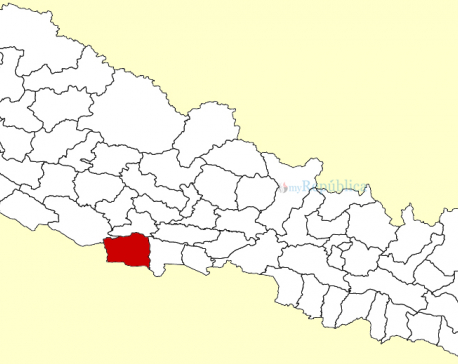
Teacher in Kapilvastu arrested after four months on rape charge
KAPILVASTU, Sept 22: A teacher from Kapilvastu who was at large after allegedly raping a girl was arrested on Sundary,... Read More...
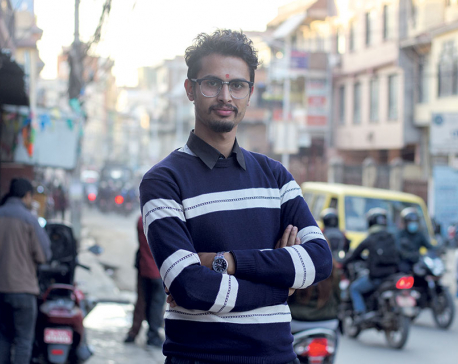
A Young Teacher
Kishor Kuikel is a 23-year-old teacher from Fulbaari, Kavrepalanchowk. He is currently living in Gokarna with his family. Kishor teaches... Read More...
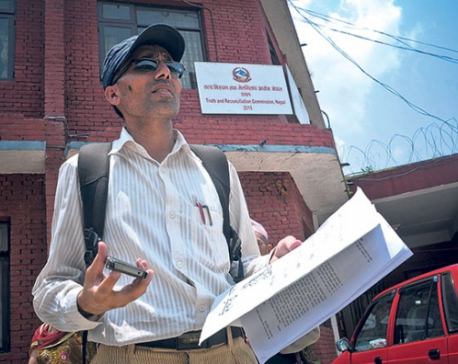
Family of murdered teacher Muktinath Adhikari files complaint at TRC
Family of Muktinath Adhikari, who was brutally murdered by Maoists in 2002, filed a complaint at the Truth and Reconciliation... Read More...



Just In
- 151 projects to be showcased for FDI in Third Investment Summit
- Police disclose identity of seven individuals arrested with almost 2 kg gold and more than Rs 10 million in cash
- NIMSDAI Foundation collaborates with local govt for Lobuche Porter’s Accommodation Project
- Home Ministry directs recalling security personnel deployed for personal security against existing laws
- Fake Bhutanese refugee case: SC orders continued pre-trial detention for seven individuals including former DPM Rayamajhi
- ADB Vice-President Yang pays courtesy call on PM Dahal
- PM Dahal, Chairman of CIDCA Zhaohui hold meeting
- MoFAGA transfers 8 under secretaries and 11 section officers (with list)










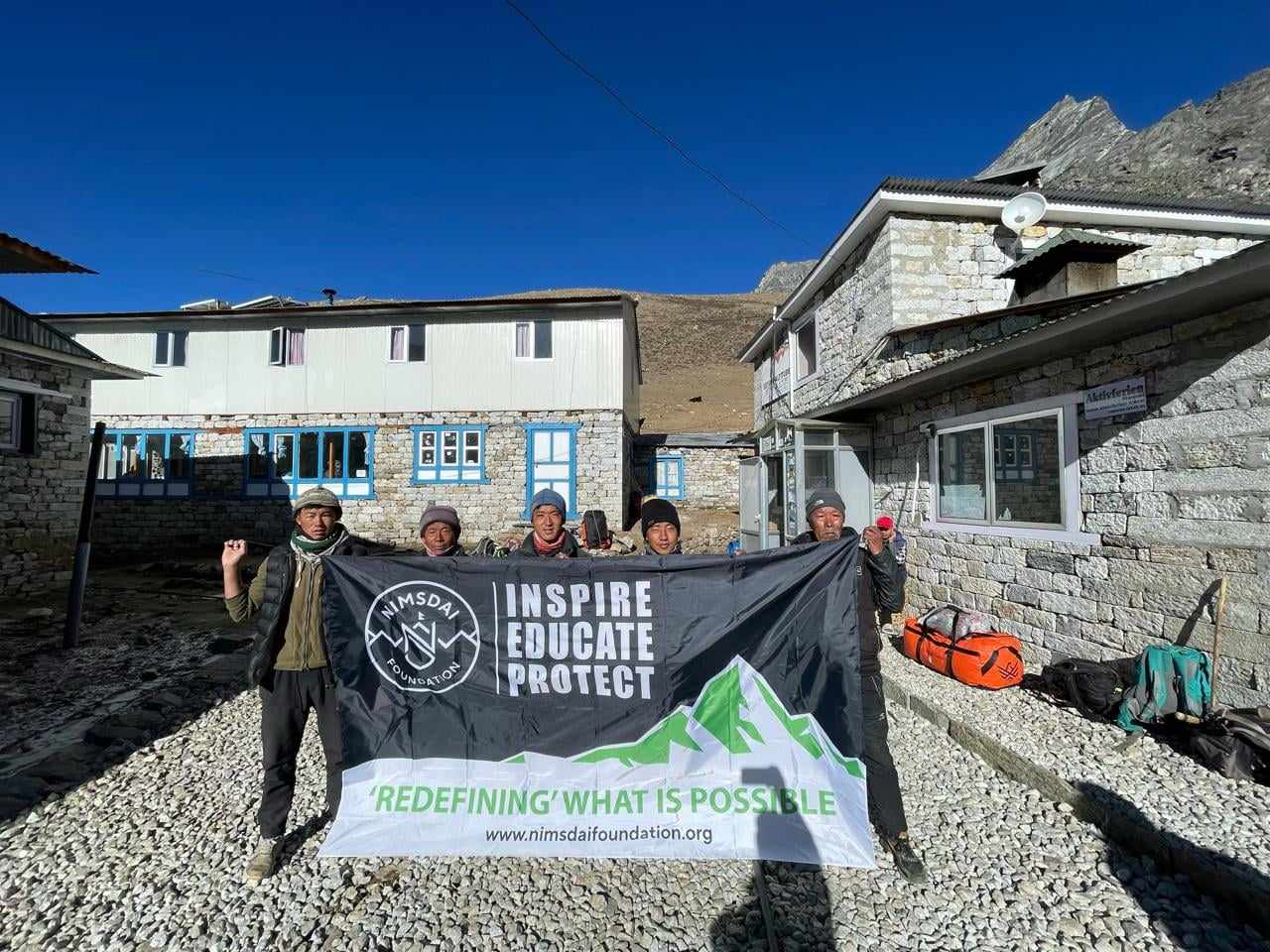

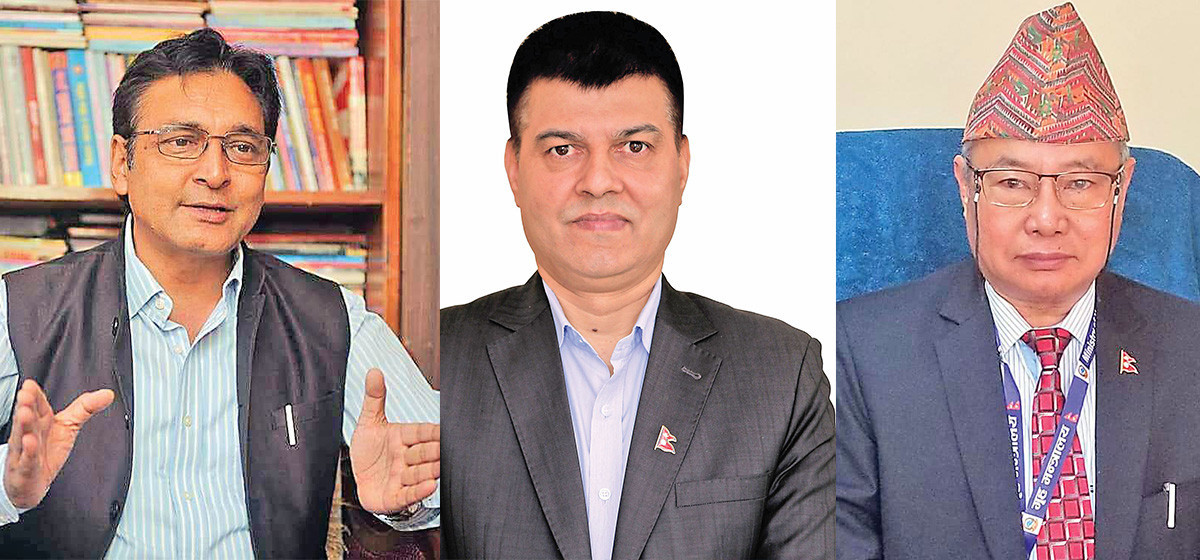
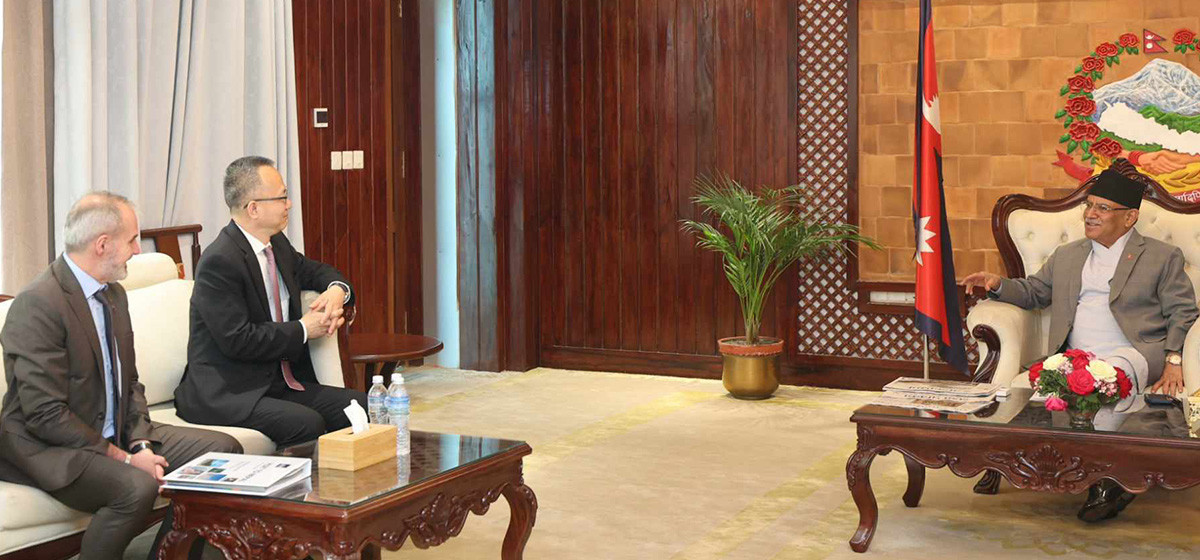
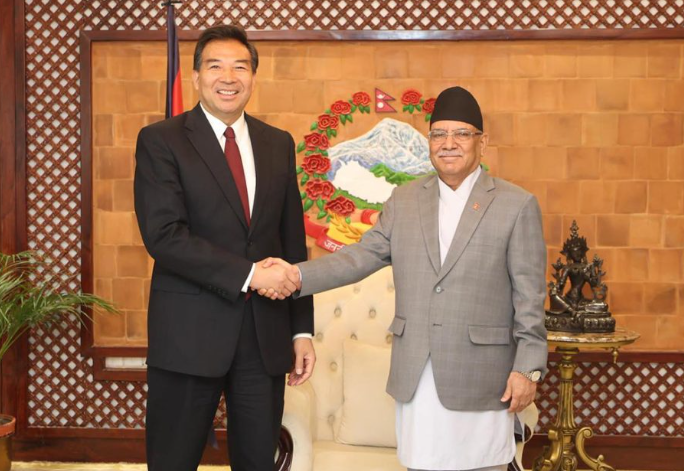
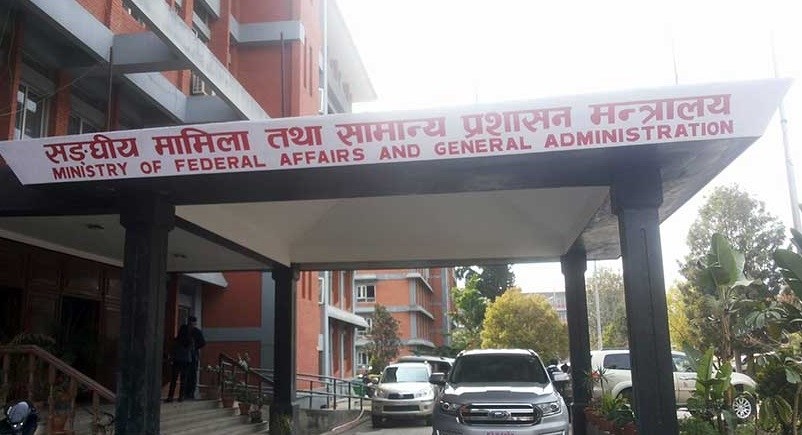
Leave A Comment